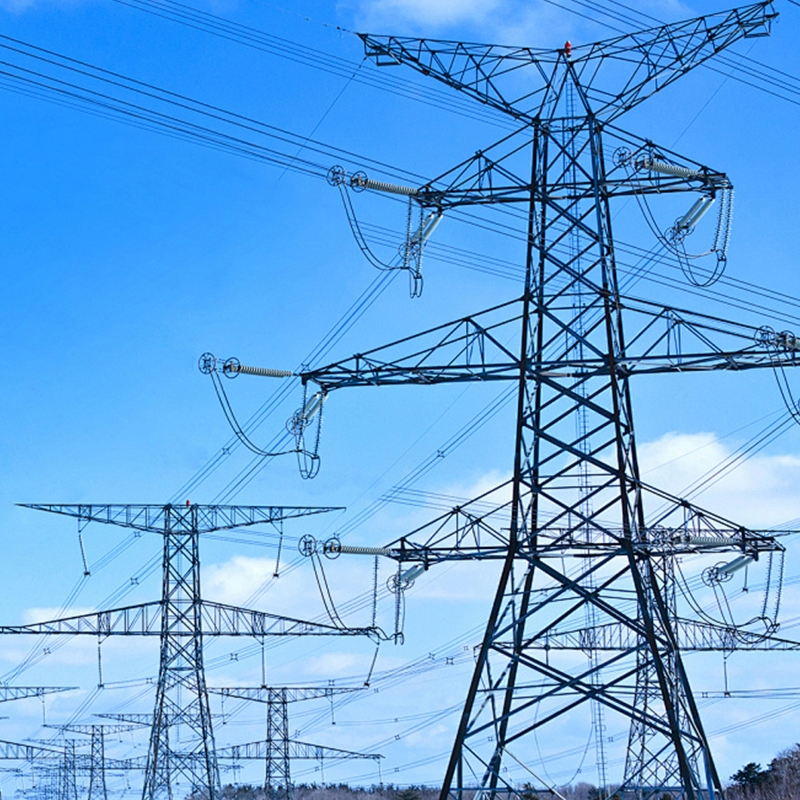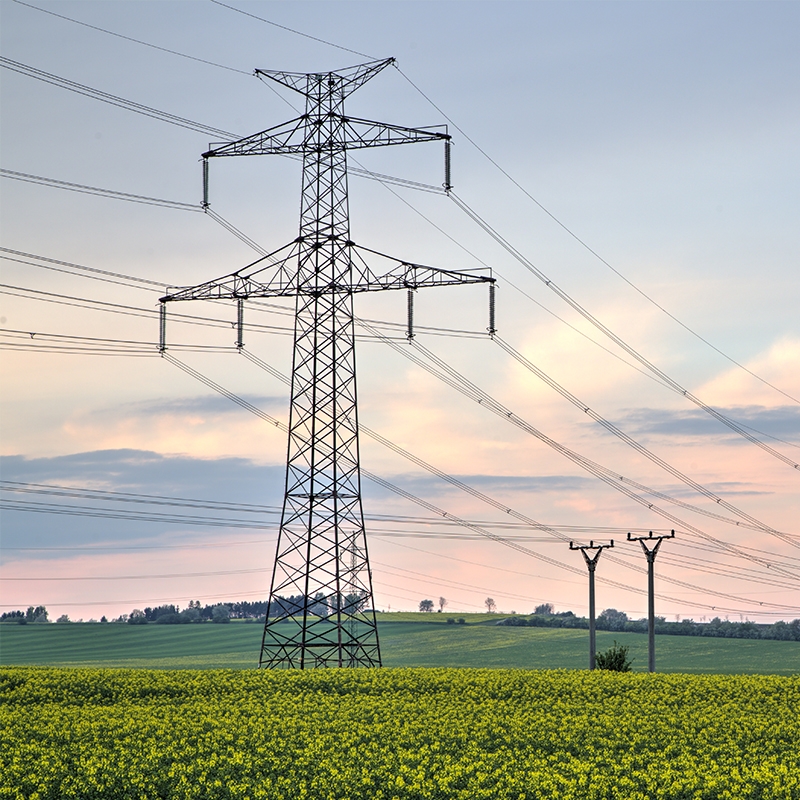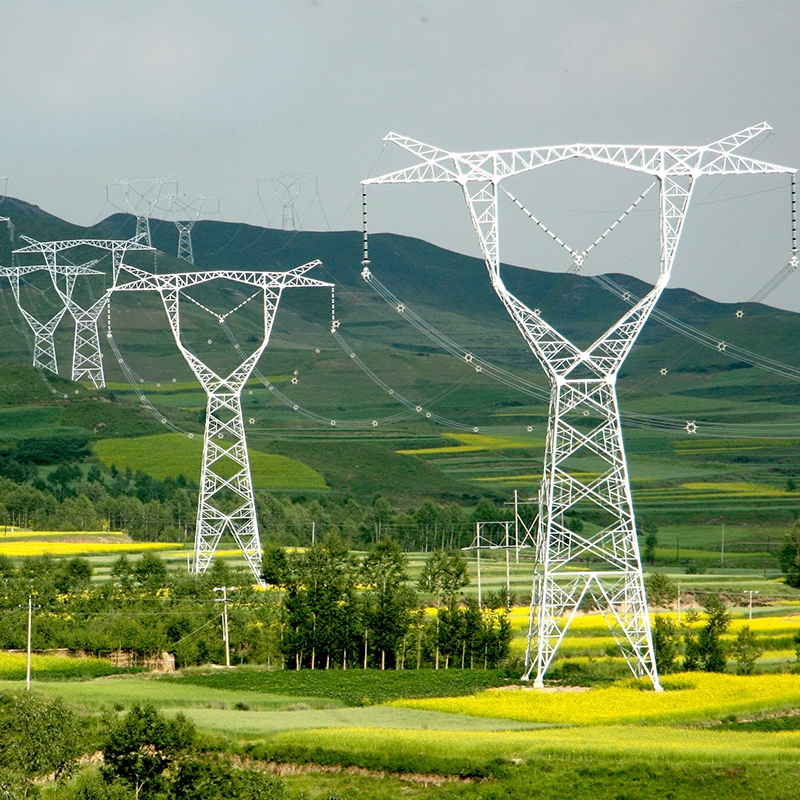Transformer common faults and treatment methods
one During normal operation, inspections are conducted every four hours.
2. Once a week night check, at peak load for a light out check (to see if discharge).
3. After power transmission or failure, an inspection should be carried out immediately.
4. In severe weather such as strong winds, heavy snow, thick fog and thunderstorms, which may endanger the safe operation, check every hour or at any time.
5. Overload operation should be checked and recorded at any time.
6. When newly put into operation, check every hour for 4 hours.
What are the contents of transformer inspection in operation
1. Check whether the internal sound is normal. Normally operating transformers emit a uniform "buzz" sound.
2. Whether the casing is clean, there are no cracks and traces of discharge.
3. Whether there is oil leakage, oil leakage phenomenon, oil level, oil color is normal. The new transformer oil is light yellow and light red after operation.
4. Whether the terminal is loose or heated.
5. Whether the thermometer indicates normal, the upper oil temperature shall not exceed 85℃.
6. The glass of the gas relay should be transparent, full of oil, and the lead wire should not be corroded.
Seven. Safety glass is not broken.
8. Check whether the shell is properly grounded.
9. The temperature of each radiator and iron casing should be balanced.
What is the phenomenon of short-circuit between winding layers and turns in transformer
The transformer in operation has short-circuit between winding layers or turns, which has the following phenomena:
one The primary current increases.
2. The transformer sometimes makes a "chug" sound, and the painting increases.
3. The high voltage fuse is blown.
4. Secondary voltage is unstable, high and low.
5. The oil pillow is smoking.
6. Three phase resistance unbalance measured by bridge after power failure.
How to judge the operation according to the sound of the transformer in operation
Put one end of the stick or screwdriver on the transformer tank, the other end close to the ear to listen carefully to the transformer sound, if the continuous "buzz" sound is worse than usual, it is necessary to check the voltage, current and oil temperature, if the same, it is mostly caused by the loose iron core.
When a "squeak" sound is heard, check the casing surface for flashover. When the "crackling" sound is heard, it is the phenomenon of internal insulation breakdown.
Why do the impact closing test before the transformer is put into operation
Cutting out the no-load transformer operating in the power grid will produce operating overvoltage. When the neutral point of the system is not grounded or grounded through the arc suppression coil, the overvoltage amplitude can reach 4~4.5 times the rated phase voltage. When the neutral point is directly grounded, it can also reach 3 times the rated phase voltage.
Therefore, in order to check whether the insulation strength of the transformer can withstand the rated voltage or the operating overvoltage in operation, it is necessary to carry out several shock closing tests when the transformer is put into operation.
At this time, when the no-load transformer is put into the power grid operation, it will generate excitation inrush current, and its value can generally reach 6 to 8 times the rated current.
The excitation surge is reduced to 0.25 to 0.5 times the rated current value after 0.5 to 1 second, but the entire attenuation time is longer, and the large-capacity transformer can reach tens of seconds.
Because the excitation inrush current will produce a large electrical power, so the impact closing test is also to assess the mechanical strength of the transformer and the reliability of the relay protection action.
The number of impact tests is 5 times when the new product is put in, and 3 times after overhaul. After the impact test is qualified, it can run with load.
What inspections should be carried out on the transformer before it is put into operation after newly installed and repaired in addition to the normal inspection contents
one The tap-changer pointer should indicate the correct position, and the contact resistance of the tap-changer should be tested after overhaul or transposition. 2. Gas relay throttle should be fully open. 3. The safety valve should be open. 4. Each radiator throttle should be fully open. 5. The cooling device works well (including air cooling, water cooling, forced air cooling, etc.). 6. All temporary working ground cables should be removed.
Why should the oil-immersed air-cooled transformer run at reduced capacity after the fan is stopped
Oil immersed transformer installed with a fan can improve the cooling efficiency of the tank and radiator surface, the general heat dissipation rate of the tank can be increased by 50~60%, and its capacity is also more than 30% higher than the self-cooling transformer.
Under normal circumstances, the oil-immersed air-cooled transformer has stopped the fan and can only take 70% of the rated load.
Otherwise, the temperature rise of the transformer will exceed the allowable value due to the reduction of the heat dissipation rate.
However, when the upper oil temperature does not exceed 55 ° C, you can not open the fan with the rated load, because the most hot spot temperature of the coil will not exceed 85~95 ° C.




